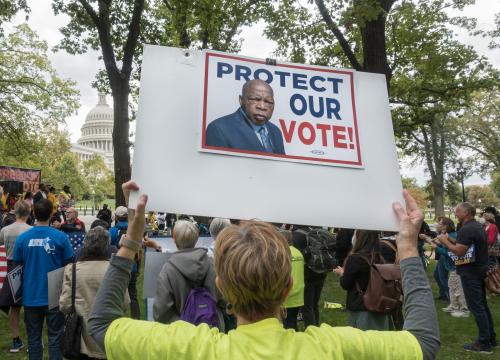Findings
An analysis of the changing age composition of the 102 most populous metropolitan areas between 1990 and 2000 indicates that:
In 2000, for the first time in the nation’s history, more than half of U.S. residents were at least 35 years old. As younger Baby Boomers entered middle age in the 1990s, the proportion of the U.S. population aged 35 and over reached 50.5 percent in 2000, up from 46.3 percent in 1990.
The number of people that are at least 35 years old increased by 28 percent in suburbs in the 1990s, compared to 15 percent in cities. By 2000, 70 percent of the 35-and-over population in large metropolitan areas lived in suburbs.
Growth of the “middle-aged-plus” population in suburbs in the 1990s outpaced growth of the under-35 population by a ratio of four to one. Faster growth of older age groups predominated in southern and western suburbs like those around Las Vegas, Austin, and Phoenix. In slower-growing northern suburbs like those around Syracuse and Pittsburgh, the ranks of the 35-and-over population grew even as younger age groups shrank.
Baby Boomers-those aged 35 to 54-accounted for 31 percent of total suburban population in 2000, up from 26.6 percent in 1990. The suburbs with the largest Boomer populations were located in high-end metros like San Francisco, Seattle, and Washington D.C., as well as university areas like Ann Arbor, Columbus, and Raleigh-Durham.
Suburbs with the fastest growth in persons aged 55 and over are located predominantly in “New Sunbelt” metros, while suburbs with the largest proportions of these individuals are located in Rustbelt metros and traditional retirement magnets. Seniors in the latter type of suburbs are, in general, older, more likely to be female, and more likely to live alone.
A “racial generation gap” is emerging in the suburbs, particularly in multiethnic “Melting Pot” metro areas. In “Melting Pot” suburbs, over half of younger residents are non-white or Hispanic, while only a third of older residents are.
The Brookings Institution is committed to quality, independence, and impact.
We are supported by a diverse array of funders. In line with our values and policies, each Brookings publication represents the sole views of its author(s).



